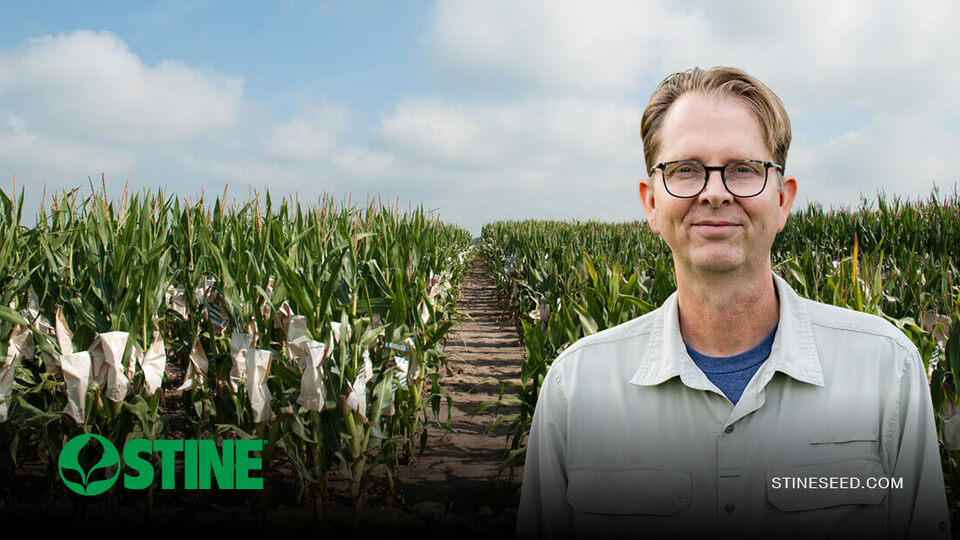City and Farmers Find Middle Ground with Middle Cedar Partnership Project
June 2016At Stine, environmental stewardship is something we take seriously, and we understand that conservation as a general practice is good business. That’s why when word came out about the Middle Cedar Partnership Project, I was happy to join the effort not only as a Stine RSA, but as a landowner and grower.
The project, led by the city of Cedar Rapids, is designed to assist conservation partners, farmers and landowners to install best management practices in land and waterways surrounding the Cedar River Watershed. Some of the conservation recommendations made by the program include planting cover crops, creating wetland and wetland easements, installing saturated buffers or bioreactors and implementing best management practices for applying nutrients.
For my operation, and as a practice we use at Stine, nutrient management, including split fertilizer applications, not only benefits crop production, but it’s also a win for the environment. With split applications, growers lessen the risk of nutrient loss as the nutrients are applied in two to three different treatments versus a single application, making it possible to synchronize applications with a more exact timing when the plant needs the nutrient. This decreases the chances of nitrogen leaching or denitrification.
For my fields, I spread treatments into three applications. This year, I put anhydrous down in March, some liquid nitrogen during planting and urea just about one week before V5. During this time, I worked closely with the Middle Cedar Partnership Project representatives on nitrate testing. For the testing, they looked at what nutrients I used and when they were applied. They then took samples, including one sample just before planting, one just after planting and then one when my corn was at V5. They’ll also come back later in the season for another test. This helps the city and other public/private partners involved in the program gather the necessary information to continue their research and strengthen the path to improved water quality.
As a grower and agronomist, my first and foremost concern is the water quality for everyone in Iowa. I want to make sure I apply my nutrients responsibly and where there won’t be an excess of nitrogen. And by spreading out fertilizer applications, I can not only maximize my yields and profitability, but I can also play my part in improving the water quality in Iowa.
Related Articles
-

Use Stine’s XP® seed treatments to prevent early injury to your crops
December 2025 in Agronomy
-

Understanding Stine’s enhanced oil profile soybeans
December 2025 in Agronomy
-

Soil sampling sets the stage for spring
November 2025 in Agronomy
-

Corn production growth paves way for more high-performing Stine® hybrids
November 2025 in Agronomy



